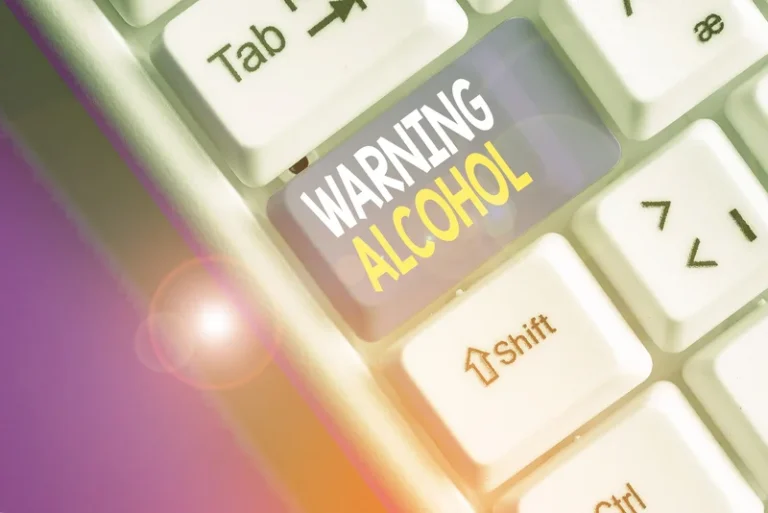
However, giving up alcohol right away isn’t sustainable or desirable for most people. After all, studies have shown that almost 50% of adults wish to reduce their intake without giving up alcohol altogether. Additionally, research has shown that alcohol may alter the composition of helpful microorganisms in your gut. These organisms play a crucial role in your gut and immune system function. Additionally, heavy drinkers usually get most of their calories from alcohol.
The Truth About “Feed a Cold, Starve a Fever”
Truth in that it does somewhat alter if not the taste per se, then at least how it rests on the palate. Nonsense because really, of all the words we could use to describe this effect… The term can also be used interchangeably with “on draft.” Many bars rotate their draft list to provide guests with new options, and menus will often instruct guests to do alcoholics bruise easily inquire about the day’s beer selection. Bars fighting to formalize the measurement have advocated that one finger equals a 3/4 inch pour in a standard rocks glass. This translates roughly to an ounce, so one finger would be one ounce, two would be two ounces, etc. Some of it is probably familiar, but its origins or exact meaning maybe be a bit strange.
Alcohol Detox: Guidelines for Successfully Detoxifying from Alcohol
If you consider yourself a wine snob, you might want to steer clear of these options. If you can’t tell the difference between a full-bodied cabernet and a light and fruity pinot, then by all means, order a glass of the house vino. Many people prefer beer on tap https://ecosoberhouse.com/ over canned or bottled stuff because they enjoy the fresh taste and added effervescence. You can think of the difference between beer on tap and canned beer like you would the difference between a canned soda and a fountain soda — everyone has a preference.

What’s sweeter: Old Fashioned or Manhattan

For spirits, this term seems to have arisen in the early 1800s, but was used to signify or order unadulterated wine from the late 16th century onwards. If you’re a cocktail enthusiast willing to try new things, a bruised martini might be right up your alley. But if you’re a traditionalist who prefers your drinks pristine and undisturbed, you may want to stick with the classic stirred or shaken varieties. The bruises on a martini are not physical marks but rather a visual representation of its unique preparation method.
Origins of this Classic

To disperse the oil, Bondordered his martinis shaken; thus, in the same scene where he ordersthe martini, he tells the barman about how vodka made from grainrather than potatoes makes his drink even better. A lot of people shy away from the idea of a heavy dose of vermouth in their beverage, but we highly recommend you go against the grain and try a wet martini! The bartender will likely be impressed, and your drinking companions might be inspired to try something new, too. The only confusing thing about this term is that “wet” refers to adding more dry vermouth — not sweet vermouth as you might be led to believe. Up and neat are two of the most confused terms in the bartending world. A drink served up has been chilled through by shaking or stirring, then strained into an empty glass and served without ice.
What is a Bruised Martini: Exploring the Secrets Behind This Unique Cocktail Craze

Orange and lemon twists are common cocktail garnishes, with the former being used for drinks like Old Fashioneds and Negronis, and the latter being used for martinis. Bartenders “express” twists over the top of cocktails by giving them a quick squeeze to release the fragrant citrus oils in the peel into the beverage. Then, they’ll usually rub the peel around the rim of the glass before twisting it (hence the name) and adding it to the cocktail. Ordering a neat drink isn’t for the faint of heart, and we highly recommend opting for the good stuff should you choose to do so. Trust us, drinking well liquor (more on that, later) neat isn’t most people’s idea of a good time. Sceney explains that “bruising” is the incorrect term to use when it comes to describing a potentially altered flavor profile.
Impact on Flavor and Presentation:
Knowles-Carter says that Hogue hid whisky bottles in the empty knots of cedar trees for friends and family to find and enjoy. Alcohol impairs your cerebellum, the part of your brain that’s responsible for coordinating your movements, Swartzwelder says. Sunnyside is the leading alcohol health platform focused on moderation and mindfulness, not sobriety. On average, members see a 30% reduction in alcohol consumption in 3 months, leading to improved sleep, diet, and overall wellbeing.
- If you’re not consciously keeping track of the drinks you’ve chugged, it’s easy to go over these limits.
- When you’re in the mood for a briny beverage, you can specify if you want your martini dirty, extra dirty, or filthy.
- So, go ahead and order your Manhattan “on the rocks” if you desire a touch of refreshing coolness to accompany your sips.
- Serving a drink on ice (obviously) keeps it cold, but doing so also adds a little bit of water as the ice melts, so it’s great for people who want to soften the taste (and burn) of booze.
- This measurement system hearkens back to the saloons of the Wild West.
What is a neat pour
Serving a drink on ice (obviously) keeps it cold, but doing so also adds a little bit of water as the ice melts, so it’s great for people who want to soften the taste (and burn) of booze. You might think adding a touch of water to something like an expensive Scotch would be a bad thing, but in reality, a little water can do wonders for opening up flavors. This term can be used interchangeably with the term “well” if it’s referring to straight liquor. However, one key difference to keep in mind is that “house” can also refer to wine.
We discuss the importance of achieving the right balance between releasing essential oils and avoiding excessive bitterness or harsh flavors when muddling ingredients. It’s common when creating drinks that have delicate ingredients such as herbs, juices, or creams, and can be done by either shaking or stirring the mixture. The term “bruising” refers to the technique of stirring or shaking a cocktail in a way that mixes ingredients together and deliberately creates air bubbles, as well as adding texture to the drink. Learn about the essential drinks every bartender should have in their arsenal for crafting delicious cocktails.
- In this section, we explore how bruising plays a role in the muddling process.
- Hopefully, by now you’re catching on to the idea that communication is key when ordering any type of beverage, so remember that if you don’t specify that you want a dirty martini, you aren’t going to get one.
- We also touch upon how bruised ingredients can add texture and visual interest to a cocktail.
- Sweet vermouth, a fortified wine infused with a botanical blend, adds a touch of elegance and complexity to the Manhattan straight up.
- If you ask for an extra dry martini, you’ll get a drink with no vermouth at all (or sometimes just a rinse, depending on the bartender).
- It also means you need to plan to leave in the near future because the bar is about to close.
Though this term is believed to have come from the wooden handles on beer taps, its exact origins are still unknown. A finger of whiskey refers to the pouring technique where you fill a glass until the liquid level reaches the height of one finger above the base. It’s a casual yet precise measurement that allows you to enjoy a generous sip without going overboard.